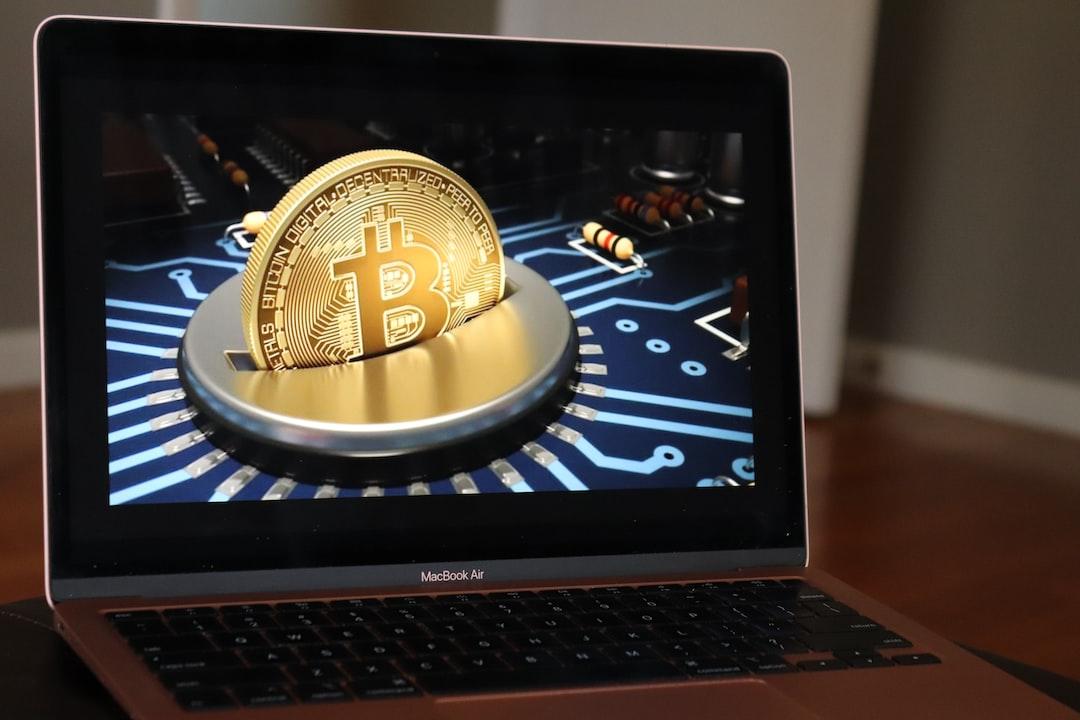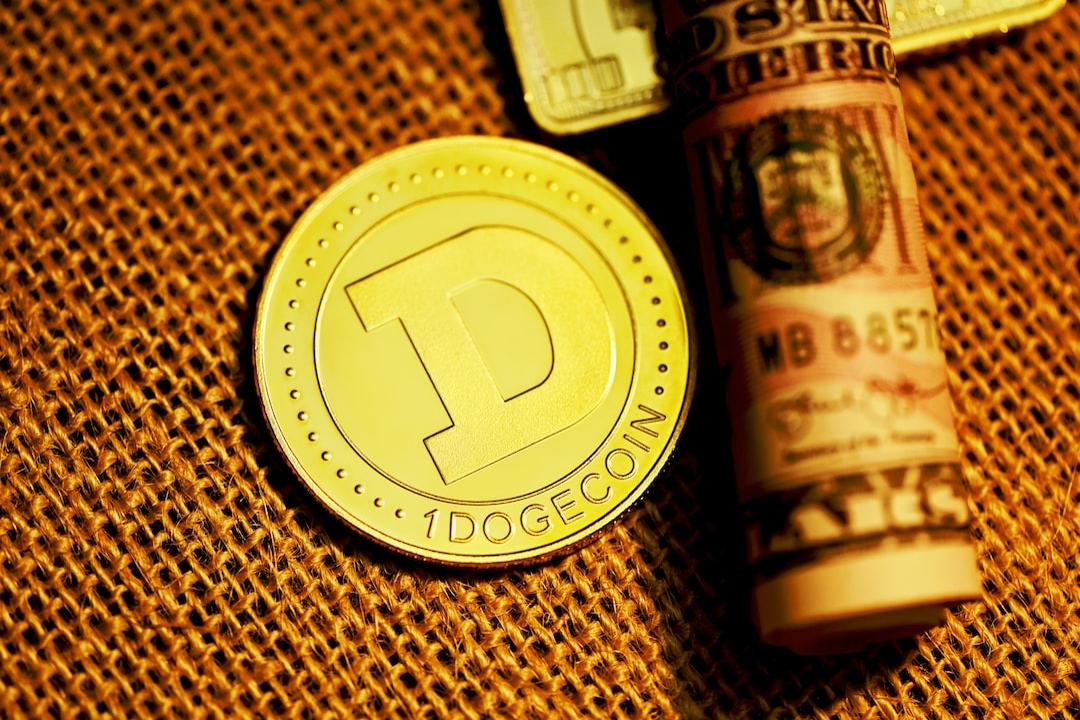Recently, the Solana governance forum introduced a proposal named SIMD-0228, which aims to dynamically adjust the inflation rate to reduce the annual issuance of SOL by 80% and redirect funds from staking to DeFi. However, this seemingly “intelligent issuance” blueprint has sparked intense debate within the community regarding the “inflation spiral” and the competition of interests…
(Background summary: Solana fell below $140, halving from its historical peak! With 11.2 million SOL unlocking on March 1, will it further plummet?)
(Background information: Conversation with Solana founder: How to maintain faith when the entire industry sentences Solana to “death”?)
Recently, the Solana governance forum initiated a proposal called SIMD-0228, which seeks to dynamically adjust the inflation rate to reduce the annual issuance of SOL by 80% and guide funds from staking to DeFi. However, this seemingly “intelligent issuance” blueprint has ignited fierce controversy in the community regarding potential “inflation spirals” and the competition of interests—when the staking rate falls below a critical point, higher inflation could undermine market confidence. Furthermore, the income structure of validators and the distribution of interests among ecological participants have become the invisible explosives in this token economic experiment.
New proposal could cut inflation by 80%, reducing annual issuance by 22 million SOL
Solana’s token issuance mechanism has always followed a fixed schedule, decreasing the inflation rate from 8% to a target of 1.5% at a decrement of 15% per year, with the current inflation rate at 4.694%. Under this inflation rate mechanism, the number of tokens to be issued this year is approximately 27.93 million, with a staking rate of about 64%. In contrast, Ethereum’s inflation rate is currently around 0%, with a staking rate of about 30%. The inflation model of SOL tokens is evidently less favorable for token value preservation, and the high inflation rate has led to a significant number of tokens being staked to obtain higher yields, which is detrimental to the development of the DeFi ecosystem.
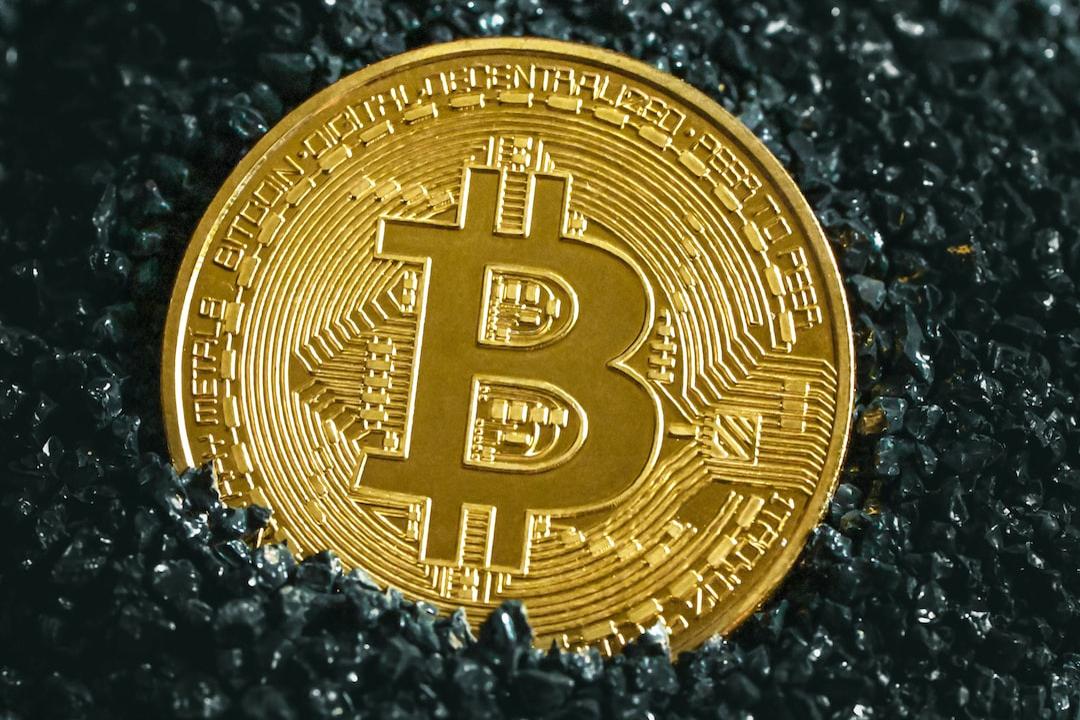
The proposal argues that MEV income has become the main source of income for validators in the current Solana network, and reducing staking yields would not significantly impact earnings. “Simply put, it’s a foolish issuance. Given Solana’s robust economic activity, it makes sense to develop the network’s monetary policy to achieve intelligent issuance.” The proposal outlines a threshold, initially assumed to be 50%, whereby if the staking rate exceeds 50%, the inflation rate would decrease, reducing staking rewards on the network. Conversely, if the staking rate falls below 50%, the inflation rate would increase, expanding rewards to incentivize more funds for staking.
Subsequently, forum users questioned the lack of rigorous calculations behind the 50% threshold, arguing that the setting was too hasty. The proposer then provided a new algorithmic curve, designating a staking rate of 33% as a boundary, where if the staking rate exceeds 33%, the annual inflation rate would fall below the current inflation rate. According to calculations by PANews, with the current staking rate of 64%, the annualized inflation rate would drop from 4.694% to 0.939%, a reduction of approximately 80%.
If the proposal is ultimately approved, under the current staking rate, the annual issuance of SOL would decrease from 27.93 million to 5.59 million.
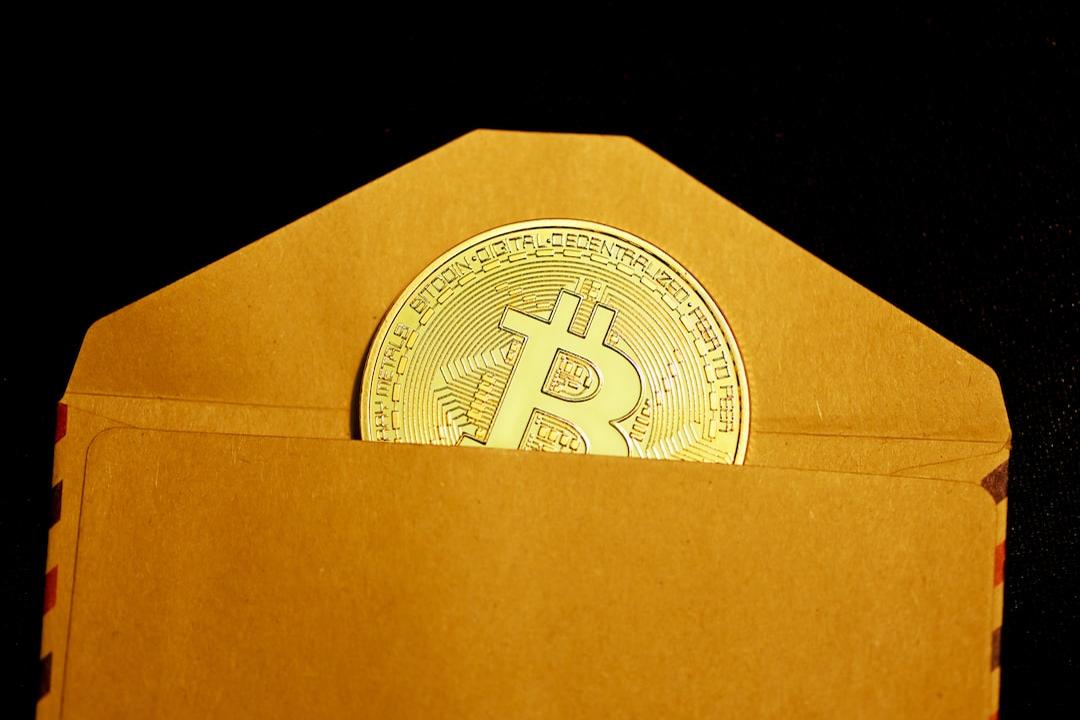
However, this assertion in the proposal does not seem to have reached a consensus within the forum, with numerous comments suggesting that if the plan is approved, reality may not unfold as ideally envisioned. For instance, when the staking rate declines, the increase in inflation could further diminish market expectations for the token, potentially leading to further sell-offs of unstaked tokens, thus creating greater uncertainty. PANews calculated that when the staking rate is only 25%, an inflation of 44.13 million tokens would occur, far exceeding the current inflation rate.
If the network truly falls into such an inflation vortex, the outcome could be counterproductive. As the proposal states, the current source of income for validators is MEV income. This phenomenon primarily arises from the active trading on the Solana network, where numerous MEME players demand transaction speed and protection against sandwich attacks, resulting in a high proportion of MEV income. If the overall trading volume on the network declines in the future, the proportion of MEV income may struggle to maintain its status as the main source of income for validators. At that point, coupled with the dual blows of inflation and price decline, this could further undermine staking enthusiasm, leading to a reverse spiral of rising inflation and declining staking.
Validator giants remain collectively silent, potentially indicating the competition of interests among large token holders
This proposal was initiated by Vishal Kankani, an investor at Multicoin Capital, an early investor in Solana that led a $20 million Series A funding round in 2019 and holds a significant amount of SOL tokens, having chosen to acquire SOL tokens instead of equity. From this background, it is evident that Vishal Kankani represents the interests of large SOL token holders, who are more sensitive to how inflation affects token market prices.
Interestingly, as of February 26, major validators in the Solana network, such as Helius, Binance Staking, and Galaxy, have not expressed any stance on this proposal. The founder of Helius, who frequently comments on the development of the Solana ecosystem, merely shared a related post regarding this impactful proposal, stating that selling SOL tokens now is foolish.
In fact, if this proposal passes, it may not be good news for validators like Helius, which return 100% of MEV income to stakers. Currently, due to not obtaining revenue from MEV, Helius may be more reliant on staking income itself. Overall, this proposal represents the interests of large SOL token holders, who prefer to lower inflation to achieve value stability. Additionally, from an ecological perspective, the current staking yield on the Solana network is about 7.03%, while under the new scheme, the yield at the same staking rate could drop to 1.41%, a decrease of nearly 80%. This would not bode well for large validator nodes seeking risk-free returns through staking.
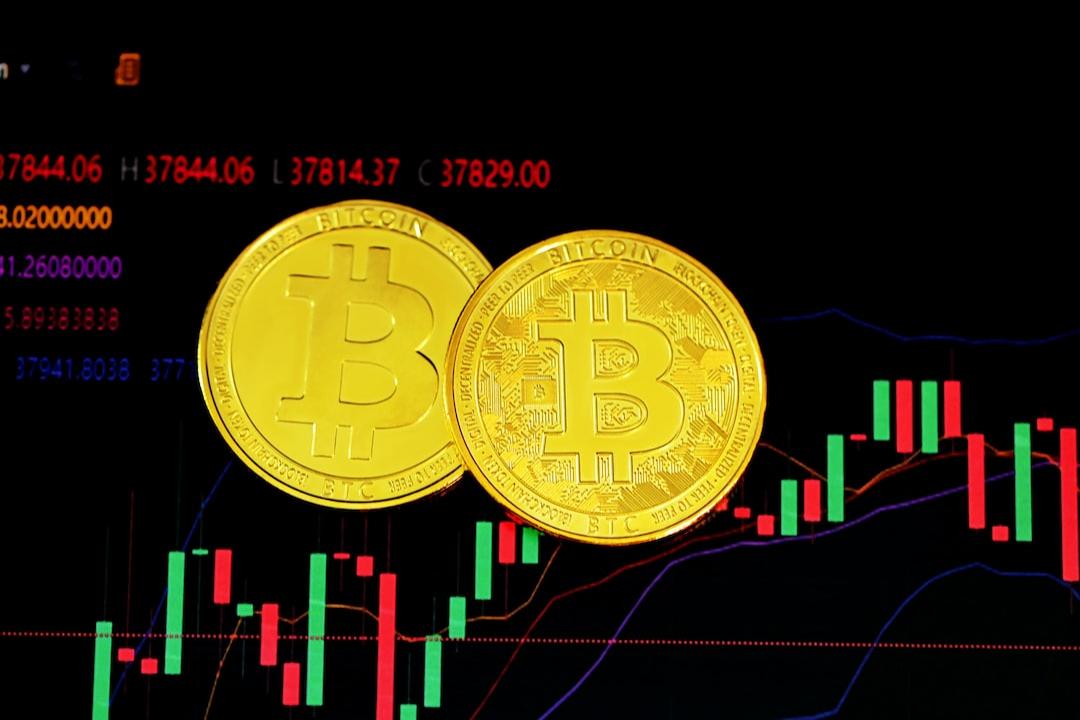
Of course, the proposal argues that it is precisely the decline in staking yields that will stimulate these validators to invest more tokens into the DeFi ecosystem, further enhancing the prosperity of Solana’s DeFi ecosystem.
This token economic reform in Solana essentially represents a power rebalancing among large token holders, validators, and ecosystem builders. If the proposal passes, the staking yield of 7.03% could plummet to 1.41%, forcing validators to transition from relying on inflation rewards to focusing on MEV and transaction fees—this is both an opportunity and a gamble.
If DeFi can absorb billions of dollars in idle liquidity, Solana may experience explosive innovations akin to Uniswap and Aave; however, if the market sells off due to declining yields, the issuance of 44.13 million tokens at a 25% staking rate could drag the network into a “inflation – sell pressure – more inflation” death spiral.
Currently, the silence of top validators like Helius suggests a subtle tension in the interest chain—when the business model of returning 100% of MEV encounters a halving of basic income, the narrative of the ecosystem’s “decentralization” may face a reality check. Meanwhile, Multicoin Capital’s stance as an early whale reveals the deeper logic of this competition: in the eyes of institutional investors, the value storage attributes of SOL have taken precedence over network security needs. In the coming months, as the vote on March 7 approaches, Solana’s fate will no longer be dictated by code but will depend on whether the community can find that precarious balance between idealism and capital rationality.
